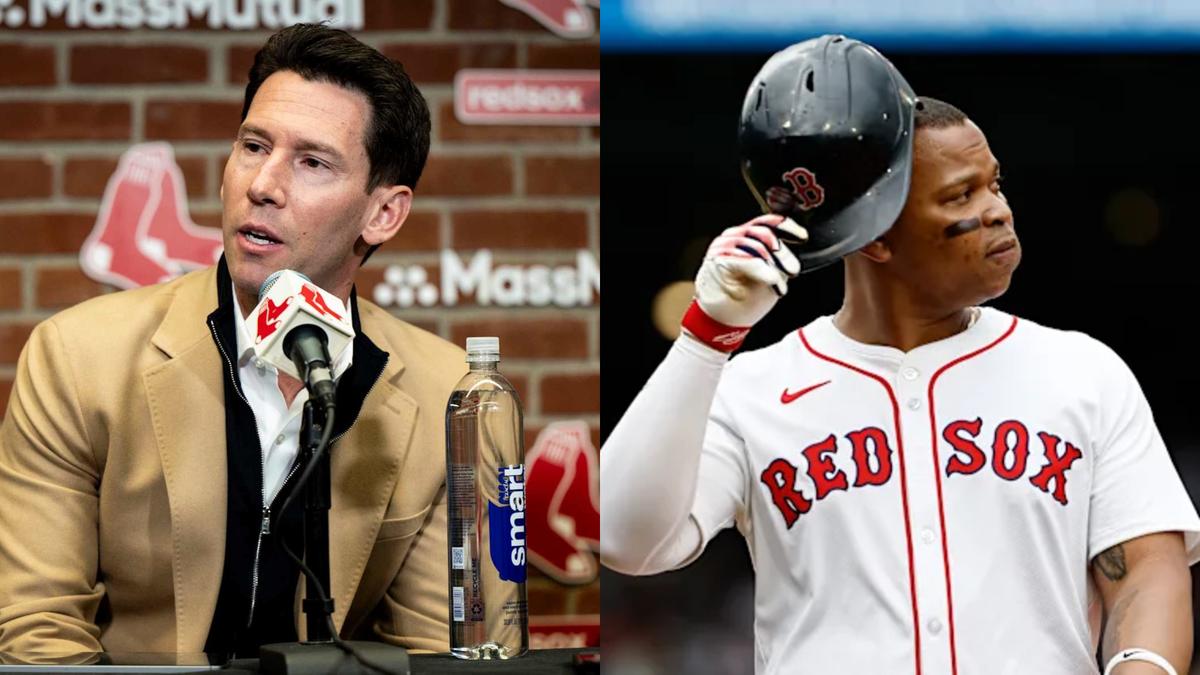
Imago
via IMAGO

Imago
via IMAGO
It was a Sunday that will be remembered for years, not only in Fenway Park but in MLB, too. It’s not every day that a franchise seems to hit the self-destruct button. Yep, the Red Sox’s decision to trade Rafael Devers overnight was not a surprise; it was a shock. A question that was continuously looming in every person’s mind: Why? It looks like the baseball chief of operations, Craig Breslow, has finally decided to put an end to all the theories with the truth.
Watch What’s Trending Now!
There’s no denying that there was drama unfolding in the dugout since spring training. From the hot corner mess to issues at first base, there was one common name: Rafael Devers. Soon, however, it was resolved, and the series win against the Yankees seemed to be the end of it. But the front office was playing a different game that no one saw coming. It made everyone think, Is this how winning looks in Boston? Well, for Craig Breslow, yes.
When asked about the reasons for this sudden trade, he was crystal clear and said, “The mandate is to assemble the best team that we possibly could, and in order to do that we needed to create a more functional roster and give certain guys more playing time, be able to rotate through the DH spot, potentially match up there.” Devers was playing DH, and he was knocking it hard. Apparently, it was not suitable for Boston, as they wanted to be flexible and maintain a balance. And well, we already know Devers was not open to changing his positions.
ADVERTISEMENT
A collective call was made. As Breslow remarked, “It’s the willingness to step up and sacrifice in time of need and eventually do whatever’s necessary to help the team win,” via The Athletic’s Steve Buckley. After Triston Casas’s injury, he was asked to move to 1B, but he clearly said no. Breslow hinted that the refusal didn’t fit with the team-first ideology they’re trying to develop. And it’s not only his opinions; others in the front office think the same.
Sam Kennedy, the team’s president and CEO, was on the same page. As he said, “It’s definitely a two-way street and we didn’t get to the alignment that we needed in the best interests of the Boston Red Sox. So we made the decision that we made.” Kennedy’s statements were an unusual mix of regret and determination. He knew there were problems with communication, but he stood with the team’s ideology. Was that it? Nope!
Breslow was in no mood to stay quiet. He went on to emphasize his optimism, stating that there was a real chance that, by season’s end, they would look back and realize they had won more games than they otherwise would have.
ADVERTISEMENT
It wasn’t giving up; it was a risk. A chance to change the roster in real-time while putting this season’s success on the line. Now, it’s time for the most important question: who will replace him?
ADVERTISEMENT
Boston’s DH shuffle begins without Rafael Devers
Now that Devers is gone, who is the best prospect? As of now, Kristian Campbell is set to be the first man to fill his spot on Monday against Seattle. Campbell batted ninth, near the bottom of the lineup, but he showed potential by keeping Boston’s offense going in a 2-0 win. The front office’s faith in his adaptability and ongoing growth is demonstrated by the fact that he can step in as DH right away following the deal. But they have plenty of other players, too.
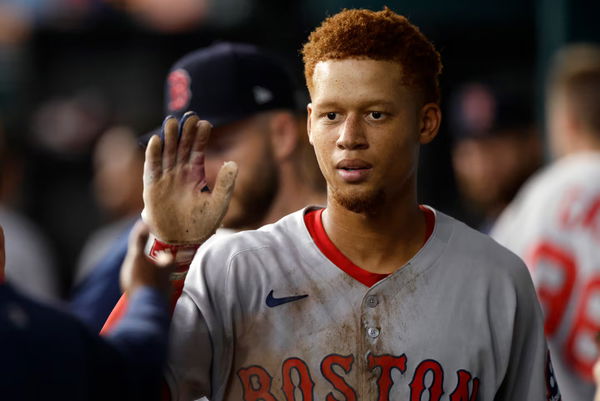
ADVERTISEMENT
One of them is Masataka Yoshida, who spent much of spring training preparing for the DH role before Devers. After offseason shoulder surgery, Boston can get Yoshida back into the lineup as a DH, where he’ll provide his solid contact hitting and plate discipline while regaining outfield strength.
Top Stories
Mark Shapiro Rubs Salt in Yankees’ Wounds as He Issues Stark Ultimatum to Blue Jays Clubhouse

Ross Atkins Warned Against Alex Bregman’s Misstep as 2 Blue Jays World Series Heroes Face Exit
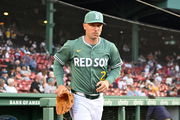
Red Sox–Cubs Hit Major Offseason Roadblock as Mariners GM Pushes for $66M Reunion
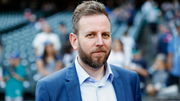
Red Sox’s Patience With Alex Bregman Fades as D-Backs’ $116.5M Star Emerges as Backup Amid Blue Jays Buzz: Insider

Mets & David Stearns Forced to Battle Reds Threat as White Sox Ready to Let Go $50M Star
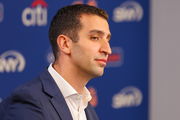
The Red Sox have relied on depth and youth. In Triple-A, Nate Eaton has been impressive with a .274/.357/.453 slash line and has been promoted. He can play numerous outfield positions, including 3B, giving the team more flexibility. His presence will allow the squad to rotate pitchers and veterans during games, including for pinch-hitting. They have pretty good options.
ADVERTISEMENT
Boston may also deal for or sign first basemen or DHs in the future. Pete Alonso from the Mets and Josh Naylor from the Diamondbacks are rumored as trade targets. Both bring offensive experience and positional versatility, which might settle Boston’s DH rotation. For now, the team’s plan combines returning veterans, growing prospects, and tactical flexibility—a roster linked by depth and adaptability rather than a star.
ADVERTISEMENT
ADVERTISEMENT
ADVERTISEMENT

